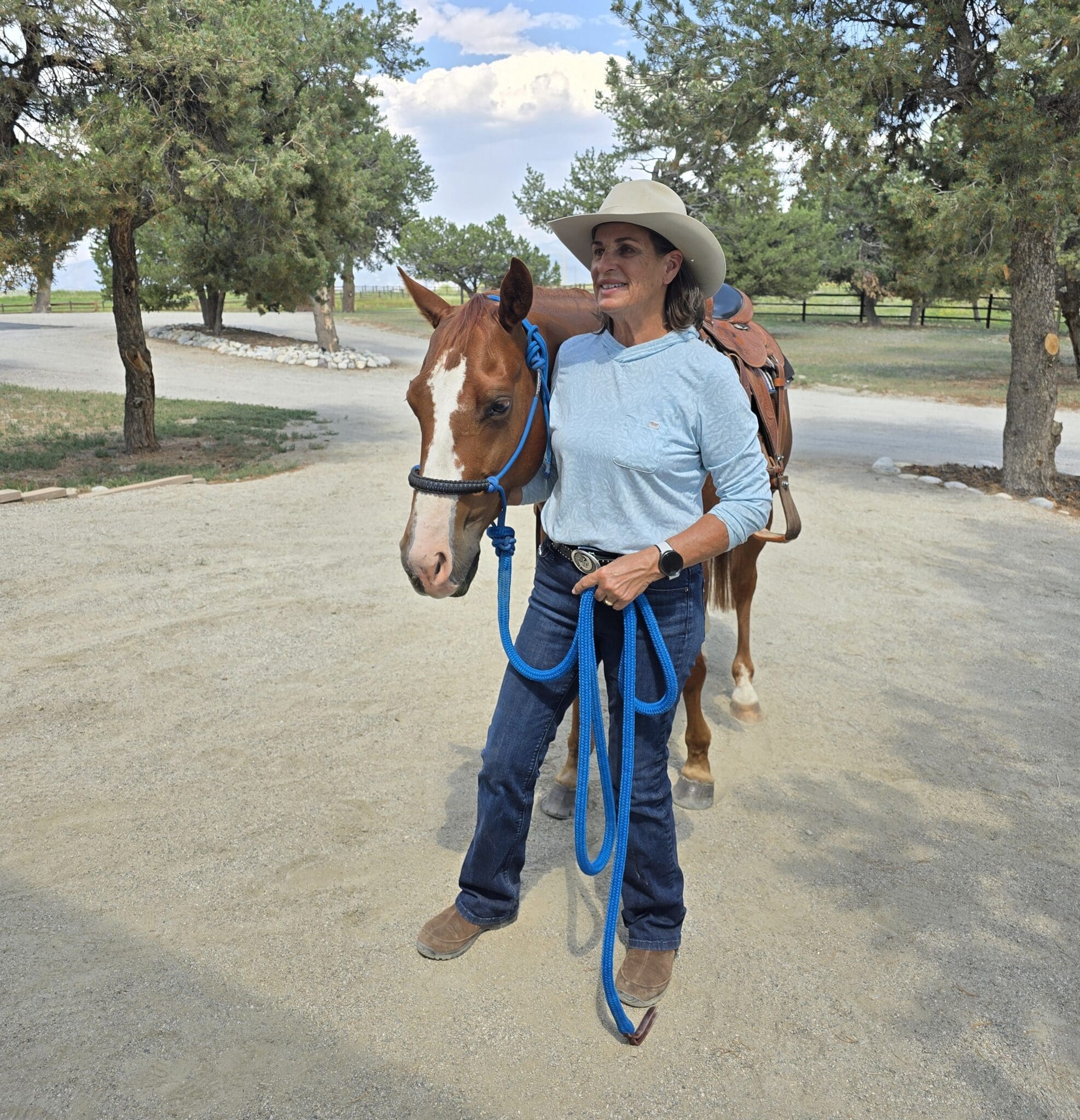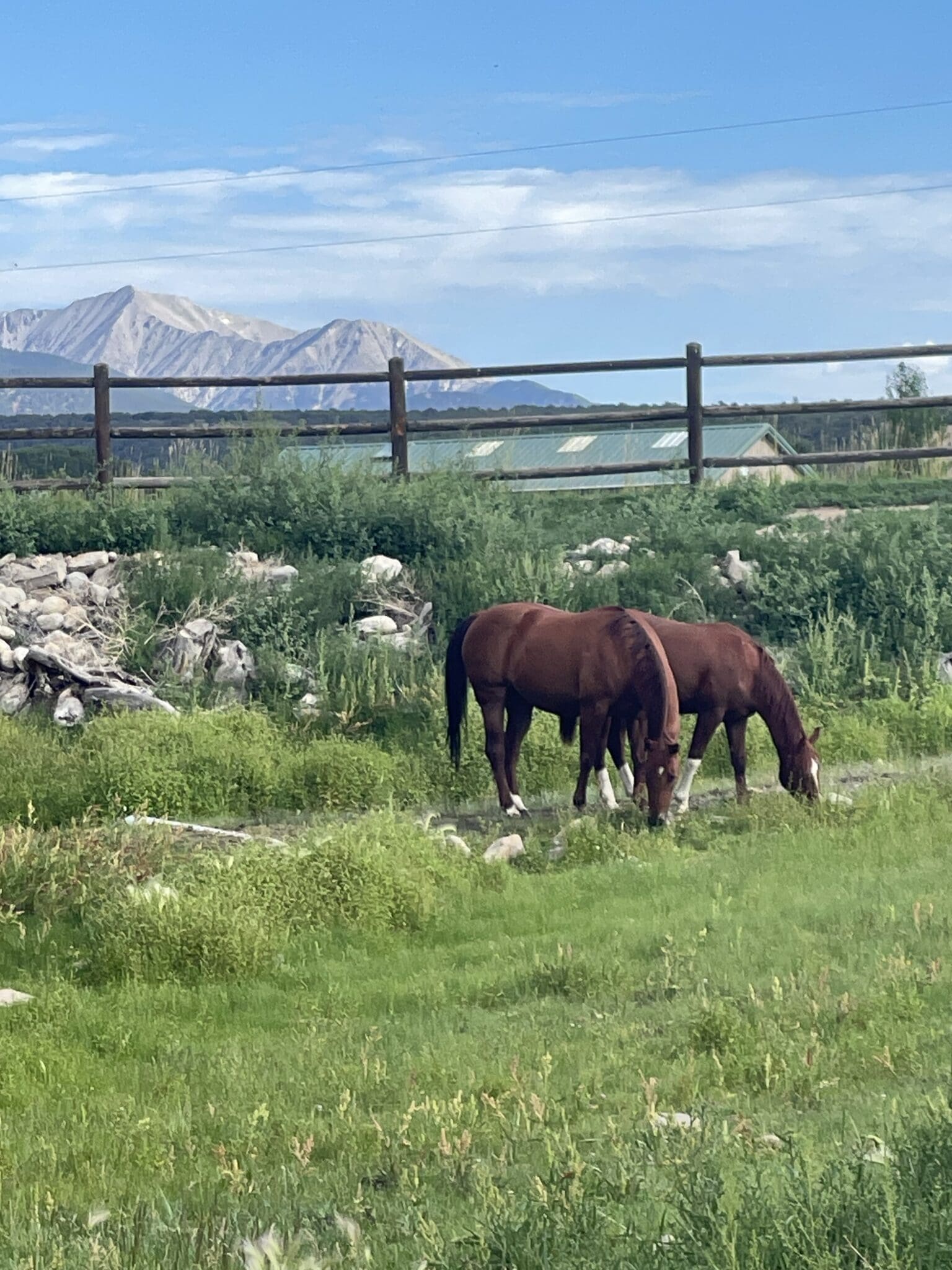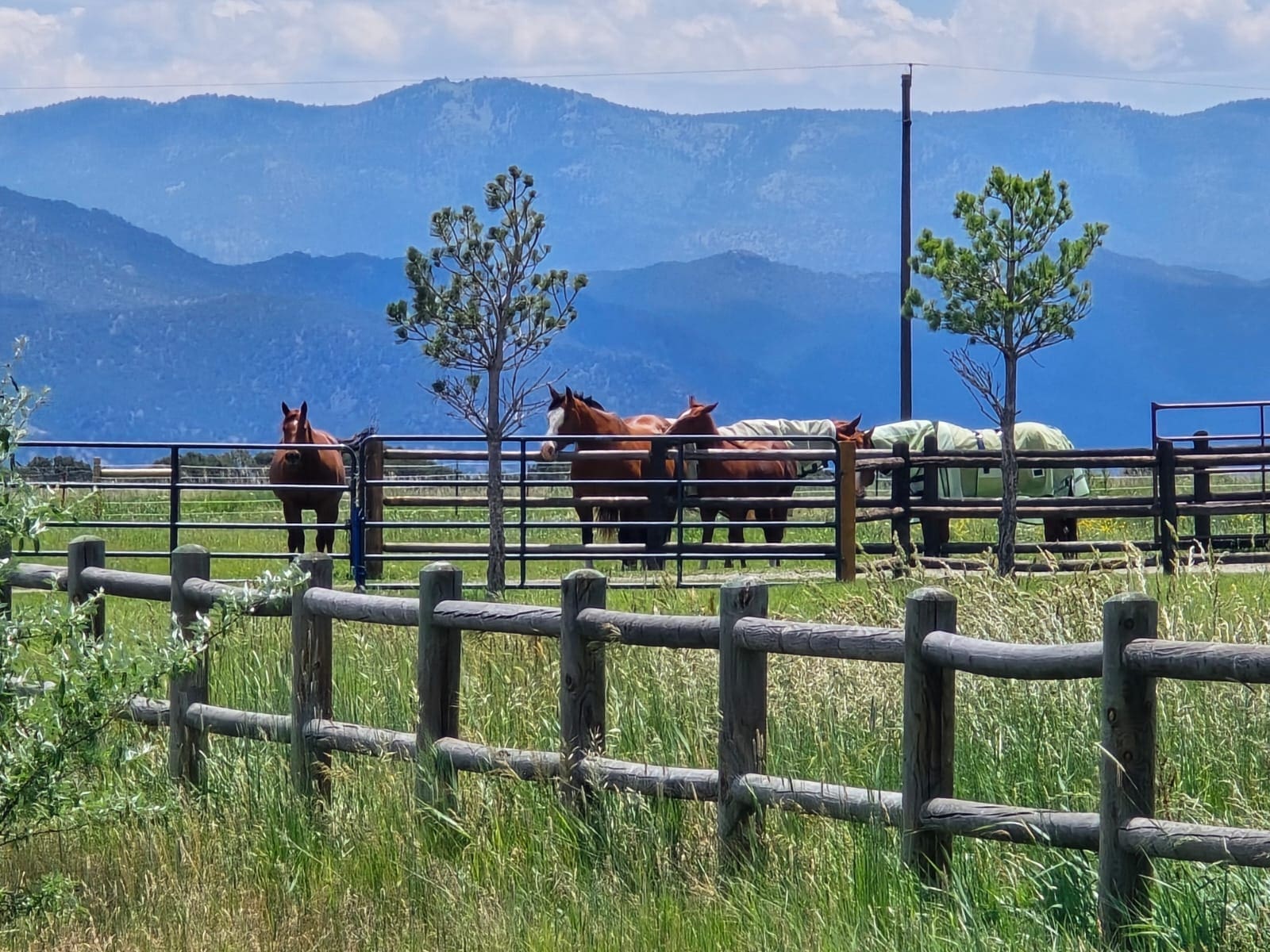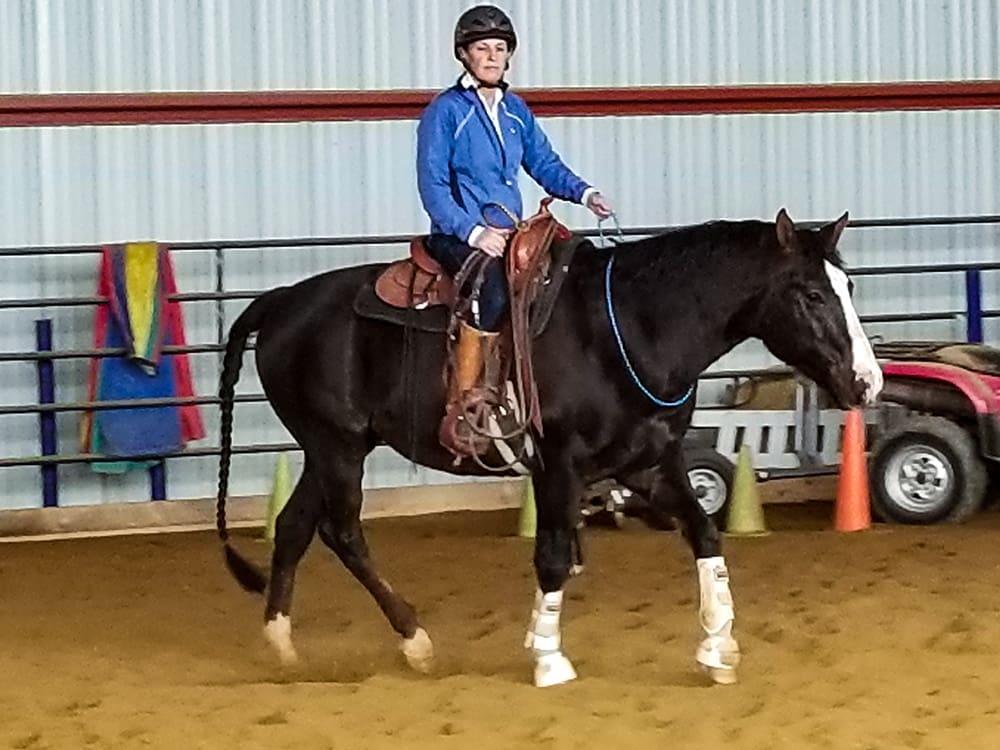If I’ve heard it once, I’ve heard it a thousand times. “My new horse has turned out to be a nightmare. The seller misrepresented him as a well-trained horse. I think he was drugged when I looked at him.”
The scenario goes something like this: she bought the horse a few months ago. When she looked at it and rode it at the seller’s place, it was perfect– truly a dream horse. But a few weeks or months go by and the horse has fallen apart at the seams– no respect or deference whatsoever for the handler, looking outside the arena constantly, spooking, calling to other horses, distracted, dominant and sometimes downright nasty in it’s frustration.
How did a good horse go so bad in such a short time? For most people, the logical conclusion is that the horse was drugged when they bought it (as if drugging will turn a horse into an obedient and well-trained mount– if so, I’ll take some of that drug!). From experience, I know that this is rarely the case.
Often I can just look at the horse and know it is not his fault. Maybe he has a big kind eye or the refined thin-skinned look of an overly sensitive horse. Sometimes the breeding and age of the horse are clues that he should be doing much better than that.
At my clinics, I can easily spot a good horse gone bad from poor handling but I always follow up with questions to confirm my diagnosis: how long have you had him? how much training has he had? what happened when you brought him home? what history do you have on this horse? Usually the clues all point to a consistent diagnosis– the rider has “untrained” the horse.
By observing the handler, it is usually pretty obvious what the problem is– under-correction, over-correction, lack of awareness of spatial issues, tolerating and condoning poor behavior, not setting rules or boundaries, poor timing and just a general lack of leadership skills. Often conflicting signals and miscommunication are involved, so the horse’s frustration turns to bitterness quickly.
The first few weeks or months after buying a horse, are critical to developing a strong relationship with him. In the beginning, each encounter you have after bringing your new horse home leaves a strong impression. It pays to be careful and methodical during this time.
Horses are very relationship oriented and you cannot buy the same relationship with a new horse that his previous owner or trainer had. You have to earn it yourself– no one can do it for you.
Because horses are so relationship oriented, they must have a reason to want to be with you over the herd. Since horses prefer being with other horses, not humans, the only reason he has to stay with you and work with you is if you exude strong and fair leadership and make the horse feel safe and comfortable– these are the benefits he gets from the herd.
Horses are also very context- or location-specific in their training, meaning that leaving their home, herd and normal routine and relocating to a new place can be very confusing, disorienting and stressful to a horse. Unless he is a well-traveled, seasoned veteran, coming to a new home may cause a lot insecurities and undesirable behaviors in a horse.
There are a few things you can do to help get off on the right foot with your horse in the beginning. Start with giving your horse time to settle into his new home and get to know the new humans and horses in his life. Carefully monitor his introduction to a new herd. Spend a few days or a week, just showing him around the area, petting him, grooming him; doing easy and stress-free stuff with him as you get to know and trust each other.
This is a good time to do some groundwork with your new horse to help establish your authority and develop a line of communication with him. If you haven’t done groundwork before, check out my training library TRAINING VIDEOS for specific techniques you can use.
During this orientation period, make sure your horse minds his manners, but cut him a little slack if he feels insecure as he gets used to his new home. Be firm and confidant, but do not over-expose him to stimuli he’s not ready for, so that your horse learns he can trust you to keep him safe and so that he builds confidence.
This is also a good time to check out your equipment to make sure that everything fits, is properly adjusted and suitable for your horse. This can be tricky when it comes to finding the right bit. The more background you have on the horse, the easier it will be to decide what bit is appropriate. The bit the horse came with or the one you already had hanging in your tack room, may not be the right one.
Consult expert help on saddle fit and choosing the right bit– a mistake at this stage, while your horse is forming an opinion of what life will be like with you, could cause lasting problems. The Myler Bitting Assistant is a good resource for any horse owner when it comes to bit selection. Bitting Questionnaire
When it comes to riding, there also needs to be an orientation period during which you and your horse get to know each other. Be patient; this can be weeks, months or perhaps even a couple of years, in the case of a high-performance horse. Horses have to understand what you are asking of them and it takes time to understand your cues. Be patient and work on consistency.
If the horse has mostly been ridden by one person its whole life, a new rider may be disconcerting to him. If he has primarily been ridden by expert riders or professional trainers (which is often the case with very well-trained horses), having a novice rider with shaky balance and inexact cues can be very stressful for the horse and totally outside his frame of reference. Having periodic expert guidance during this time can be a critical factor in your success.
Remember that this time of orientation with your new horse is going to leave lasting impressions, for better or for worse. If he gets hurt from ill-fitted or inappropriate tack, he’ll have a hard time trusting you. If you put him in frightening situations that result in a big dramatic wreck, that is what he will come to expect of you. If you give him conflicting signals, like kicking and pulling at the same time or over-cueing him to go then jerking back on the reins when he does, he will become frustrated and resentful toward you.
During this relationship-building time, it is important that the horse sees you as his protector, a fair but strong leader, one who sets the rules and enforces them. One who insists on obedience, respect and good manners at all times but rewards the horse frequently for his efforts.
As your horse’s leader, it is imperative that you don’t ask something of him that he cannot give you and don’t put him in a position to get hurt– or even think he could get hurt. He needs to learn he can trust you in all things– trust that you will keep him safe, make him comfortable when he puts forth effort to please you and trust that you will enforce the rules and correct him when he makes mistakes.
As many good horse trainers already know, slower is usually faster when it comes to training horses. Take it slowly at first with your new horse and work out the small issues before tackling bigger ones. Seek help from someone more experienced when you encounter turbulence (or consult my training library; chances are, if you’re having a problem, I’ve already written about it).
Take the time to start your relationship out right with your new horse and instead of just saddling up and going for a rip-roaring ride, invest some time in your new relationship. Be patient, be consistent, fair and kind and remember to always look to yourself as the cause when there are problems.
Julie Goodnight



